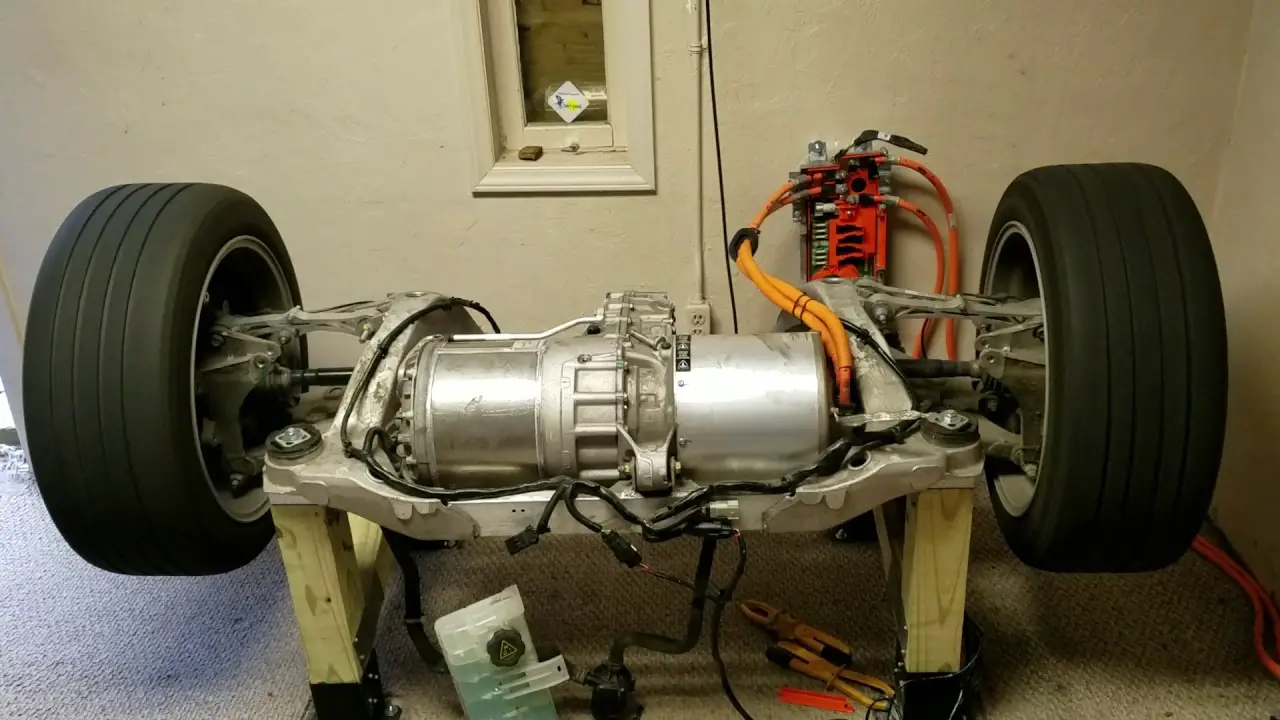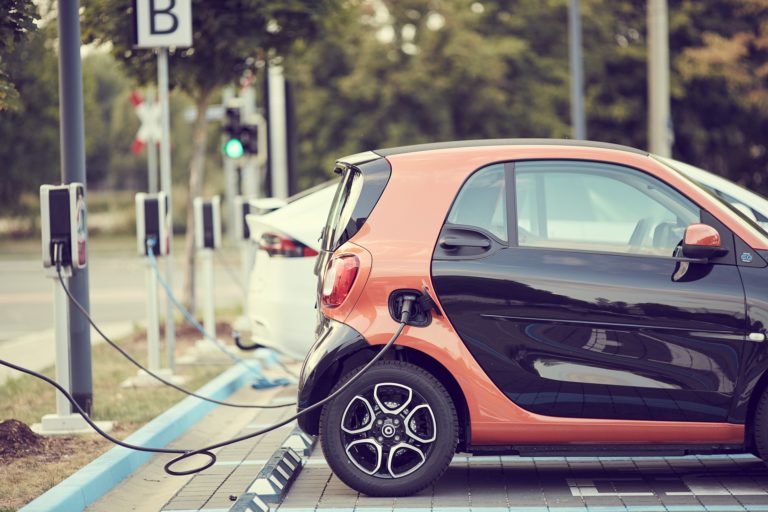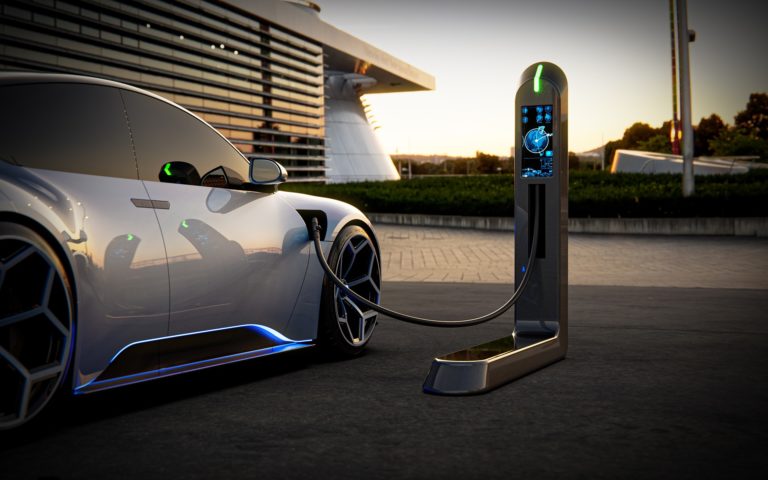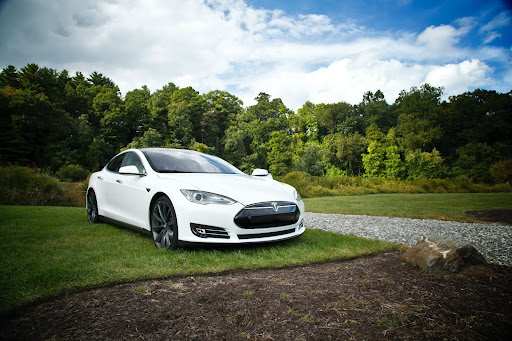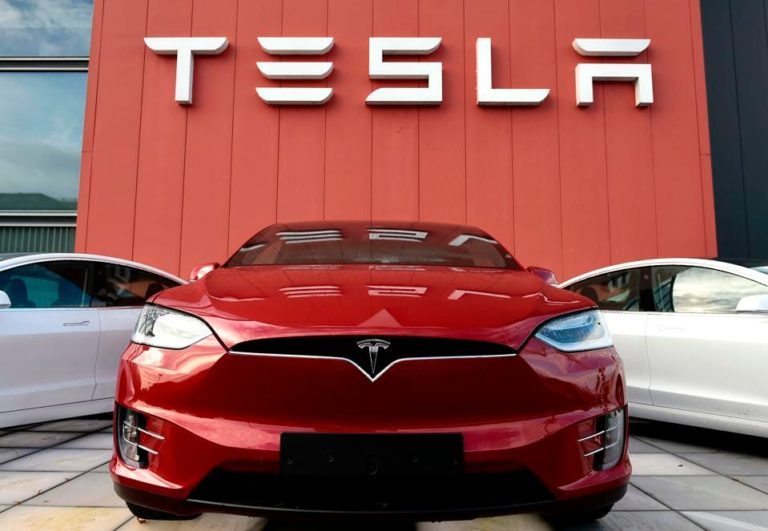How Long Do Electric Motors Last?
The first “mover” in the modern Electric Vehicle market was Elon Musk with Tesla. The widespread adoption of this technology by every other motor manufacturer has resulted in the movement gaining traction. Most agree that EVs have reached the “tipping point” of mass adoption. Bloomberg predicts that, by 2040, at least two-thirds of all new cars will be electric.
Unlike Internal Combustion engines, which have many moving parts, only the armature moves in EV motors; this makes them more reliable, with a greater life expectancy than conventional cars. The motor in an electric car should last for more than 15 to 20 years.
EVs have several advantages over internal combustion-powered cars. They have fewer moving parts, no gearbox, no ignition, fuel, or exhaust systems that an internal combustion engine has. These factors make them much easier to maintain, and Tesla EVs only need to be serviced every 3 – 6 years, depending on the model.
Table of Contents
- The EV Motor Lasts A Long Time
- Why Do EV Motors Last A Long Time?
- What Factors Affect An EV Motor’s Life?
- An EV And Its Battery Work Together
- Conclusion
The EV Motor Lasts A Long Time
EV motors are loosely based on technologies that have been around since 1834. Thomas Davenport invented the first battery-powered electric motor that had enough power to operate a small-scale printing press.
Modern-day EV motors are considerably more advanced; however, they still require a magnetic force to move an armature.
Because EV motors only have one moving part, they are durable and low-cost to maintain.
The maintenance an EV motor needs are generally limited to coolant changes.
Compared to Internal Combustion Engines, which require coolant, regular oil changes, air filters, and spark plugs, EV engines only need to have the coolants serviced every 3 – 5 years.
Both Internal Combustion Engines and EV motors are proven to last upwards of 20 years. The only difference is that an EV will cost less to maintain than an Internal combustion engine.
Why Do EV Motors Last A Long Time?
Although several different electric motors are used to power EVs, the primary type is the AC induction motor.
Nikola Tesla invented the first AC induction motor in 1888. An AC Induction motor consists of two pairs of electromagnet coils, which are energized in turn by an AC supply.
As the coils are energized, the magnetic field in-between them induces an electric current in the armature; this current creates its own magnetic field that opposes the magnetic field from the coils. This interaction causes the rotor to turn.
As the magnetic field alternates between the coils, it rotates the motor.
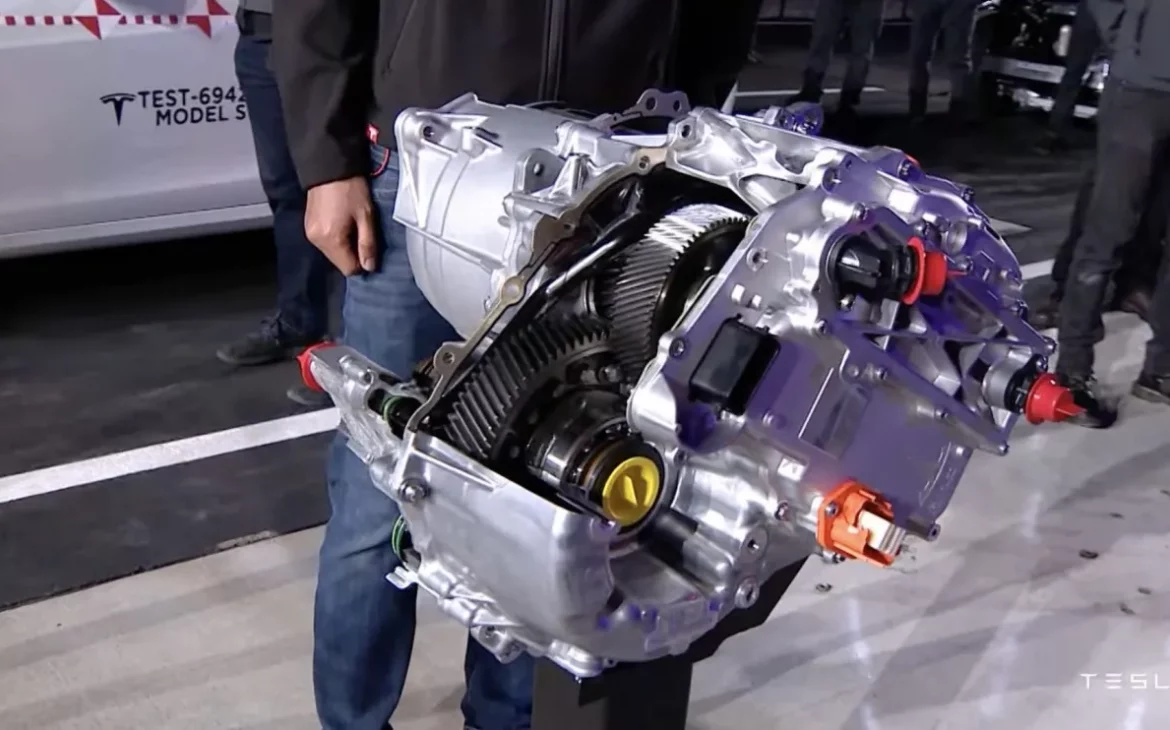
What Factors Affect An EV Motor’s Life?
The life expectancy of an EV motor depends on several factors as follows.
Unexpected Load Changes
When under an excessive load, the motor’s current draw will become very high, and it will start to produce less torque and may start to overheat. Extreme motor heat is the most common cause of motor failure.
Fluctuations in Input Power
If the current passing through a motor exceeds the specified range, the engine may burn out.
Premature Bearing Failure
If there is a manufacturing defect, the bearings could fail, which would cause immediate motor failure.
Chemicals, dirt, and dust are some of the major causes of electric motor failure. If foreign particles get inside a motor, the bearing balls and raceways may be compromised, leading to higher levels of wear and vibration.
As modern EV motors and batteries must carry an Ingress Rating of 67 (IP67), they are designed to prevent both water and solid objects (like dust) from entering the system; it is unlikely that this will be a problem.
Overheating Could Damage An EV Motor
If foreign material enters the cooling fan or its shroud, it may compromise the fan’s operation, and its cooling will become ineffective; this would limit the ability of the motor to regulate its temperature, possibly causing it to overheat.
Low Resistance Can Lead to Failure
Low resistance is a possible cause of motor failure.
The motor can experience low resistance if the wiring has started to degrade or the windings’ insulation is compromised by physical damage, corrosion, or overheating, among others.
There is inadequate isolation between the motor windings or conductors’ results, which can cause short circuits, leakages, or even motor failure.
Most of the potential failure points listed have systems specifically designed to prevent these from happening. Although they are listed as possible failure points, there is minimal possibility of an actual failure.
When compared to Internal Combustion Engines, which have hundred’s of moving parts, and related systems to deliver, spark, air, and fuel – in the correct order, and which then drives the power through a gearbox, modern EV engines seem to be something of a panacea to owners.
An EV And Its Battery Work Together
No discussion about the reliability and durability of an EV’s motors is complete without considering the battery’s life expectancy. Previously the stumbling block in reducing the cost of an EV, battery technology is being advanced at a high-speed rate.
The cost of an EV battery system has been reduced by 89% in the eleven years since 2010. Although they are still the most expensive single component, the costs have declined to the level where the average owner can consider EVs.
Modern EVs use lithium-Ion technology. Even though these batteries are expensive to purchase, the lifetime expectancy over older Acid or gel base batteries increased by +- 500%.
In addition, the batteries are lighter, produce more power per square meter, accept a more significant number of charges, and require less maintenance (as in no care).
The increased life expectancy highlights the improvement in battery technology.
Tesla, the leading Electric vehicle (EV) manufacturer, states that the Lithium-ion batteries installed in their cars are designed to last between 300,000 to 500,000 miles. If the car is driven for 12,000 miles annually, the battery will last somewhere between 25 and 40 years.
Conclusion
The modern EV motor is a pretty neat piece of equipment, and not only does it have a superior life expectancy, but it also needs virtually no maintenance.
It will probably last significantly longer than an internal combustion engine. The Lithium-ion batteries used in the latest cars have a vastly improved output per kg of weight; they are faster to charge and will last as long as the predicted engine life.’
Amazon and the Amazon logo are trademarks of Amazon.com, Inc, or its affiliates.

